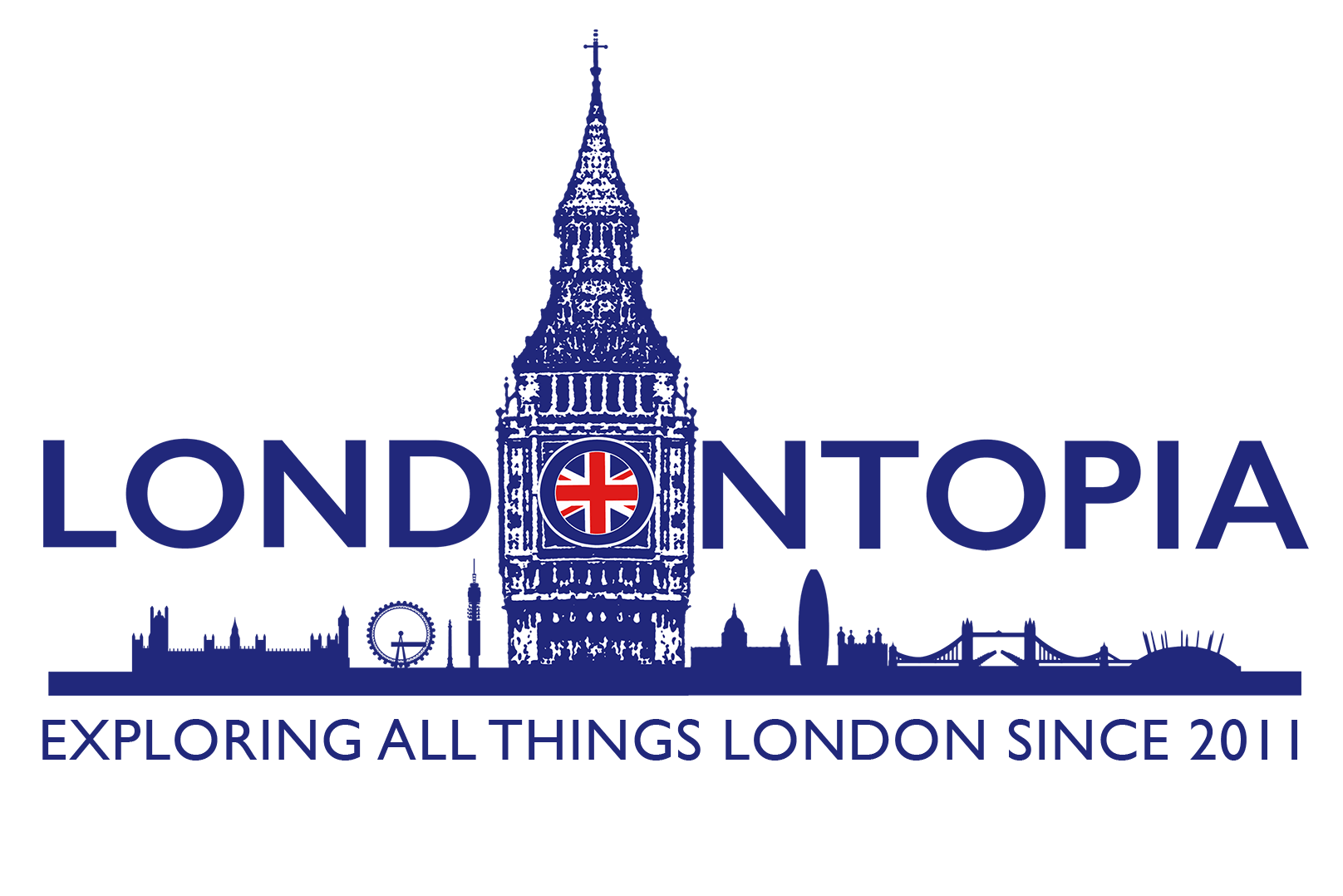Did you know that London used to have a train line just for coffins? The London Necropolis Railway was a unique and fascinating mode of transportation that operated in London during the Victorian era. It was a railway line that was exclusively used to transport the dead and their mourners from the city to a cemetery located outside of London. The line was in operation for almost 90 years and played a significant role in the city’s funeral industry.
The idea for a dedicated railway line for funerals was first proposed in the early 19th century. At the time, London’s cemeteries were overcrowded, and there was a need for a new burial ground located outside of the city. The new cemetery was established in Brookwood, Surrey, which was 25 miles away from central London. The distance made it difficult for the mourners to transport the deceased to the burial ground.
In 1852, the London Necropolis Company was formed, and they were tasked with building a railway line that would connect the city to Brookwood. The line was designed to transport not only the bodies but also the mourners, funeral directors, and the coffin makers. The line was built specifically for funeral purposes, and it was the first of its kind in the world.
At the time, the largest cemetery in the world, Brookwood Cemetery, was designed to be large enough to accommodate all the deaths in London for centuries to come, and the LNC hoped to gain a monopoly on London’s burial industry. The cemetery had intentionally been built far enough from London so as never to be affected by urban growth and was dependent on the recently invented railway to connect it to the city.
The line opened for the public in 1854, and it quickly became popular among the wealthy and the middle-class families. The railway station was located near Waterloo station, and the funeral train would depart from there. The station was designed to look like a church, and it had a waiting room for the mourners. The train was also designed to look like a hearse, and it had a separate compartment for the coffin.

The train would travel to Brookwood cemetery, and it would stop at the station located within the cemetery grounds. The mourners would then proceed to the chapel, where the service would take place. The coffin would be transported to the grave using a specially designed horse-drawn carriage.
The unique railway line was a profitable venture for the London Necropolis Company. The company had a monopoly on the funeral industry, and they charged high fees for their services. The railway line also helped to alleviate the overcrowding in London’s cemeteries.
The railway line continued to operate for almost 90 years, but it gradually declined in popularity. The advent of motorized hearses and the availability of alternative modes of transportation made the line redundant. The line was closed in 1941 during the Second World War, and the station was destroyed during the Blitz. After World War II, the default burial preference after death became cremation (cremations account for 80% of British ‘burials’).
An American Connection
During World War I, the LNC set aside a portion of their land at Brookwood to establish the Brookwood American Cemetery and Memorial. It is the only cemetery in Britain that serves as the final resting place for US military casualties of the First World War. However, since most casualties occurred in continental Europe and were buried there, the number of interments at Brookwood was relatively small. The total number of servicemen buried in the cemetery was only 468. But, following the United States’ entry into World War II, the cemetery was expanded to accommodate more burials. From April 1942, bodies of US servicemen were transported from Devonport to Brookwood via a dedicated rail service. By August 1944, more than 3,600 bodies had been buried in the American Military Cemetery. However, in January–May 1948, the US servicemen buried at Brookwood during the Second World War were exhumed. Those whose next of kin requested it were sent to the United States for reburial. The remaining bodies were transferred to the new cemetery outside Cambridge. The railway service had been suspended in 1941, and North station was used as a temporary mortuary to hold these bodies while awaiting shipment to the USA or Cambridge. Following the removal of the US war graves, the site was divided into cemeteries for the Free French forces and Italian prisoners of war.
The success of the London Necropolis Railway was a testament to the Victorian era’s obsession with death and mourning, and it remains a significant part of London’s history.
A Little Bit of London In Your Inbox Weekly. Sign-up for our free weekly London newsletter. Sent every Friday with the latest news from London!



